365 Urban Species. #197: indian Pipe
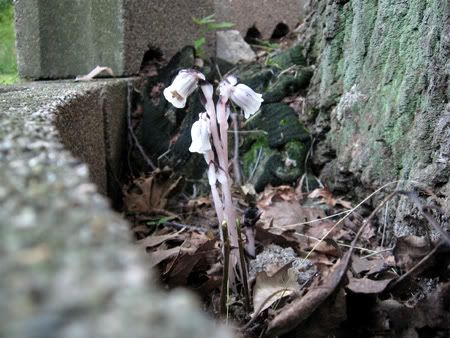
Photo by urbpan. Location: at the base of a red oak, in the Riverway, atop the earthen mound that separates the trolley tracks from the pedestrian path, Brookline.
Urban species #197: Indian pipe Monotropa uniflora
At first, you may not even be sure of what it is: Is it a flower? A mushroom? Most often encountered in the woods, and very rare in the city, the Indian pipe is indeed a wildflower. But the Indian pipe's ghostly pallor sets it apart from almost all other plants. It once was classified in the heath family, but has been reclassified, along with its closest relatives, into their own group. Monotropaceae are a family of plants that have eschewed photosynthesis-based metabolism. Instead their roots intermingle in the mycorrhizal ( what's that again?) relationships of trees and soil fungi, and feed on the products of that symbiosis. Because this kind of relationship takes time to develop, requiring stable soil with the proper elements in place, monotropes are not common in the city.
Fortunately for wildflower enthusiasts and other nature lovers in Boston, many old oak and beech trees line the Emerald Necklace. When Frederick Law Olmsted's firm designed the Riverway and other parks in Boston in the late 1800's thousands of trees were planted, and some still survive today. For some reason, probably soil and weather related, this year there is an impressive bloom of hundreds of Indian pipe flowers. Indian pipe has a variety of evocative common names, including ghost flower, corpse plant, fairy smoke and Dutchman's pipe. Close relatives include "pinesap", "pine drops", and "sugarstick." Indian pipe is the only monotrope I have found in Boston, to date.

A veritable forest of Indian pipe emerges from the bark mulch around a 150 year old European beech, on the Boston side of the Riverway.
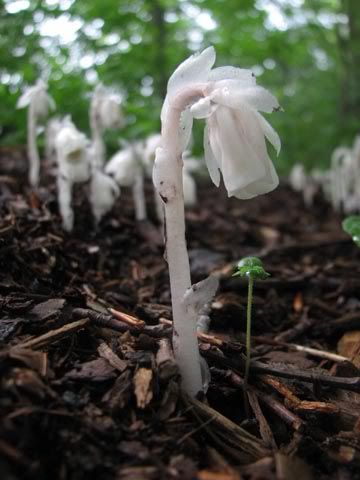
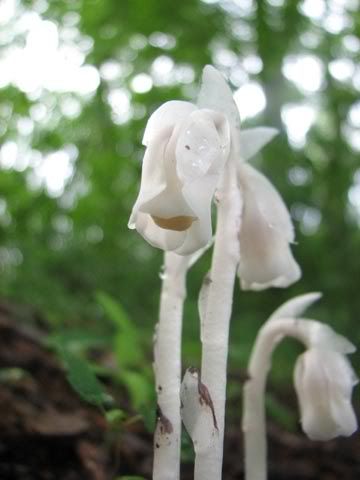
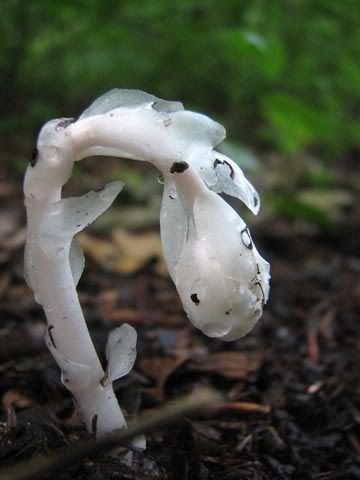
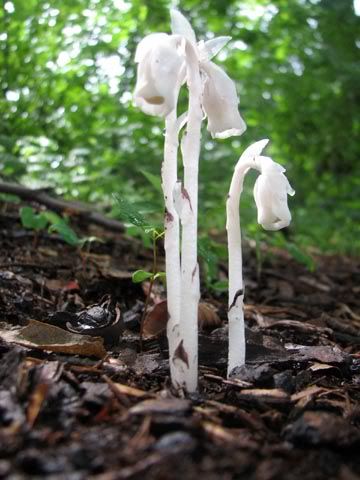
Didn't I write about this before?